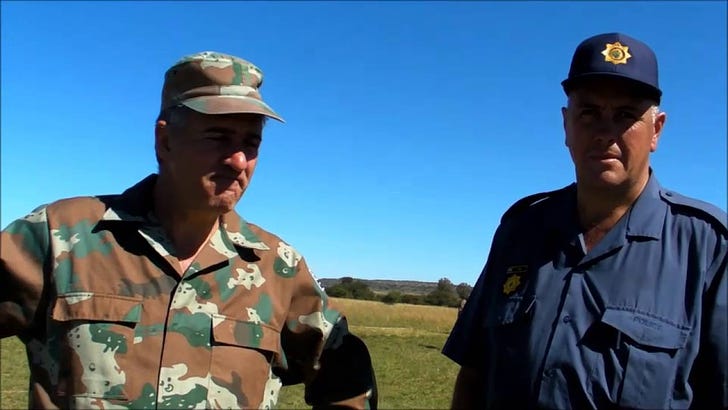FUNshoot News - Gunsmith and FFL stats
A newsletter for the modern pafisto - Military, Precision, Practical Marksmanship and Gunsmithing to support it.
Please share and forward to your friends and on social media. Thank you!
Free American Gunsmith subscription: https://firearmusernetwork.com/subscribe/
Federal Firearms License Stats
According to the Bureau of Alcohol, Tobacco, Firearms and Explosives, there were 2,653 special agents who served as personnel in 2020. Special agents are described by the ATF as “highly trained, elite law enforcement officers who investigate violations of federal laws and regulations related to the criminal misuse of firearms. They’re sworn law enforcement officers authorized to make arrests for federal offenses in the U.S. and remain involved throughout each stage of a criminal investigation. From the initial moment an FFL is found to be in violation of ATF compliance to the moment they’re convicted or acquitted, a special agent is present.
Industry Operations Investigators work directly with FFLs to ensure they’re in compliance with current firearms regulations, both on the federal and state level. In 2020, there were a total of 760 IOIs that worked on ATF compliance inspection cases, traveling frequently to inspect business locations all over the country. Possessing a detailed knowledge of regulations, it’s their job to examine FFL’s records to make sure there’s no falsification of records or any activity linked to the criminal trafficking of firearms. There were significantly less IOIs than special agents in 2020, but it was still a sizable number.
There were a total of 130,525 active licensees in 2020 with 52,795 dealers, 7,114 pawnbrokers, 52,729 collectors, 1,807 ammunition manufacturers, 14,126 firearms manufacturers, 1,136 importers, 127 Destructive Devices dealers, 422 Destructive Devices manufacturers, and 269 Destructive Devices importers. Dealers and collectors account for the largest percentage of FFLs at more than 80% between them, manufacturers of firearms are 10.8%, pawnbrokers at 5.5%.
In 2020, there were 8,025 total cases recommended for prosecution. Each case remains open for about four years so this was the total number regardless of their stage in the judicial process. The included 6,934 indicted cases, 5,181 convicted cases, and 1,639 criminal group and gang cases. Of the cases recommended for prosecution in prior years and the 2020 fiscal year, the ATF closed 6,251 of them.
In these cases, 10,012 total defendants were recommended for prosecution. 70,439 people in these 8,025 cases had prior arrests and 18,192 had prior convictions. So, based on ATF numbers, there’s a definite pattern where most defendants recommended for prosecution had prior criminal histories. Of the more than 10,000 defendants included in this data, there were more than 70,000 prior arrests and over 18,000 prior convictions between them. This averages out to 7 previous arrests and 1.8 prior convictions per defendant recommended for prosecution. So for most people, getting caught not adhering to ATF compliance isn’t an isolated incident in terms of getting into legal trouble. The average person has already been arrested 7 times and convicted nearly twice. Of those recommended for prosecution, most ended up being convicted at nearly 72%, which shows the majority of defendants are ultimately found guilty. However, only a small number received a life sentence at 0.0003% and 0.002% received a death sentence.
In 2020, the ATF performed 5,827 firearm compliance inspections. Based on the 130,525 active FFLs in America that year, only 4.5% were inspected. Of those, there were no violations in 3,277 (56.2%) inspections. Report of violations happened in 1,289 (22.1%) of the inspections with 804 (13.8%) receiving warning letters and 306 (5.3%) warning conferences. A license was surrendered in 96 (1.6%) of the inspections. This indicates that of the 41.2% of FFLs who weren’t fully compliant with firearms laws and regulations, the offense wasn’t severe enough to demand a serious action like surrendering their license, having it revoked/denied, or going out of business. Only a tiny percentage of FFLs encountered that level of reprimanding, with 1.6% having to surrender their license/go out of business and 0.7% having it revoked/denied.
Finally, the ATF conducted a total of 10,525 firearms applications inspections. Of those, 8,385 (79.6%) were approved and 237 (2.3%) were denied. The rest of the 1,903 (22.6%) applications were either abandoned or withdrawn. This shows that nearly 4 out of every 5 firearms applications that are inspected are ultimately approved and only a fraction are denied.




